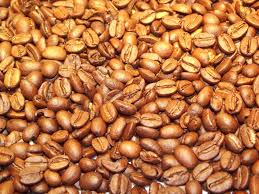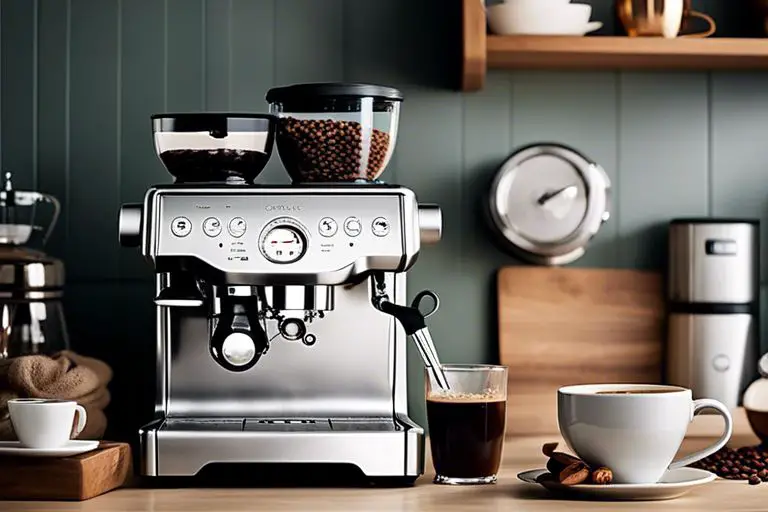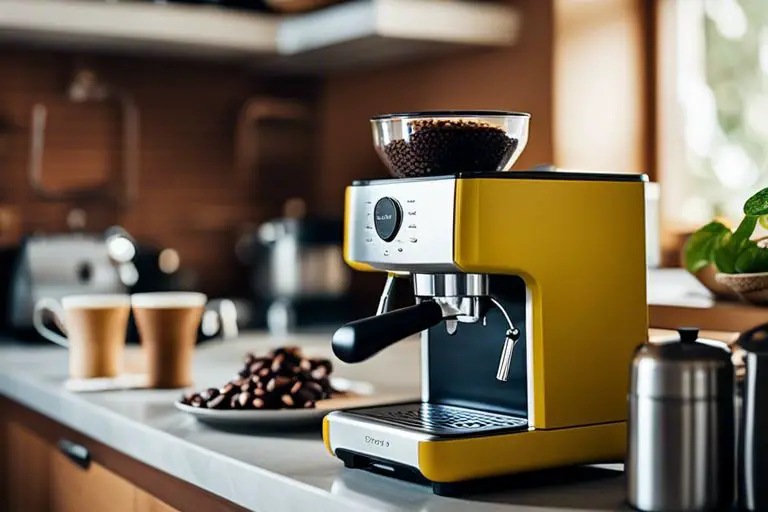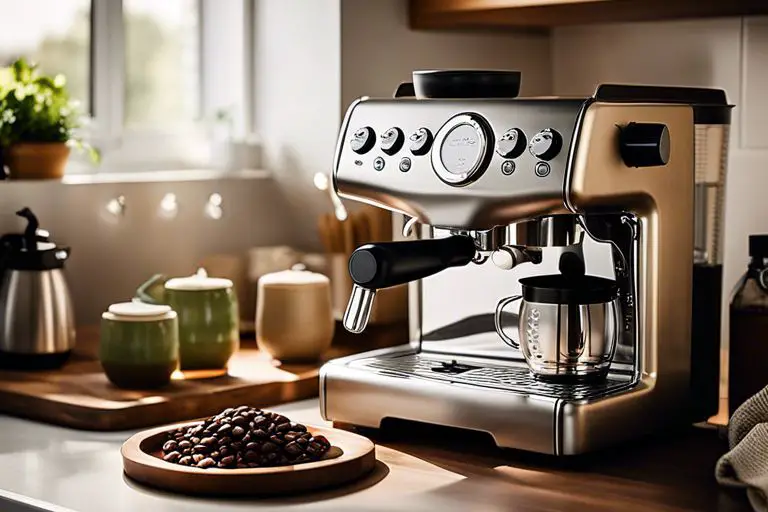Coffee beans are seeds that start their life inside a coffee cherry. All coffee beans are green until they are roasted to turn them into the brown coffee beans that we are all familiar with.
Light roast coffee is better than dark roast coffee.
Light “roast” or dark “roast” literally refers to the coffee bean being exposed to high temperatures and “roasted” in a similar way to how you would cook a Sunday Roast in your oven.
The process is more refined and skilled than just sticking raw coffee beans in the oven but the act of heating the beans until they turn a shade of brown is the process that results in either a light roast, a medium roast or a dark roast coffee.
The longer you roast a coffee bean for, the stronger it becomes and more of the flavour gets removed from the bean.
Some restaurants in France will not serve a fillet steak well done because the best flavour is achieved when the best cut of beef is served medium rare (light roast) A medium cooked fillet steak is ok as well (medium roast) but if you cook it well done (dark roast) then it just zaps all the flavour out of it and in the opinion of many it ruins the steak and you might as well just order rump instead.
The same principle applies to coffee. The cheapest coffee beans will always be dark roast because the more you roast them, the darker they become and the more drinkable they will be when you add milk and sugar because the flavour to a large extent will have been roasted out of them and they will be more drinkable dark and oily.
This is why the coffee beans that you buy in the supermarkets will almost always be dark roast because they are mass-produced in huge volumes to achieve a price that competes with all the other supermarkets.
They are all trying to sell the cheapest 250g bag of coffee beans and the only thing they actually achieve is making the coffee worse because to sell 250g of coffee for £2.50 or less can only be done by using lower quality beans that have been roasted for a long time making them dark and more bitter in taste.
The best coffee beans with the most flavour will always be light roast coffee beans but most people are not willing to pay more for a light roast because it’s hard to imagine that you will get a much better flavour for the extra money that you pay.
Using the steak analogy above, everyone accepts that a fillet steak is much better than a rump steak and if want to treat yourself you will go with a fillet.
Light roast coffee beans don’t cost anywhere near the difference between a rump steak and a fillet steak but you will get the same kind of taste difference.
If you brew your own coffee and you normally go for a dark roast, try a light roast. You will be surprised at how much of a difference it makes.
Here are some suggestions for how to choose the best coffee beans that won’t break the bank.
We will often hear that a dark roast coffee can be “bitter” or it has a good “acidity” but what does it mean and is it good or bad?
What is a bitter taste in coffee?
Bitter tastes are disagreeable to most people and mostly we don’t like things that have a bitter taste.
A sharp or acrid flavour would best fit a description for the word “bitter” and it reflects the fact that most people will not take their coffee black with no sugar.
Some do of course, but the vast majority of people will add milk or sugar to their coffee because a lot of the time as mentioned above cheap, dark roast coffee is being used and that almost always has a sharp, bitter taste to it.
A lighter roast will normally mean that the coffee is a better quality so to enjoy it at its best and to really get the most out of it you can reduce the amount of sugar that is added because sugar effectively just masks the natural bitter flavour of most dark roast coffee.
What is acidity in coffee?
Where bitterness in coffee is a sign of lower quality, acidity in coffee is a good thing.
Acidity in coffee balances out the bitterness and produces a more balanced flavour profile.
Coffee acidity is used to describe the flavours that you may be able to taste when drinking a high-quality light roast coffee.
If you see a description of a coffee that refers to orange notes or lemon notes or caramel then that is referring to the acidity and sweetness.
You will get a lot more balanced acidity in lighter roasts than darker notes with more sweetness and less bitter or sour flavours.
Which has more caffeine light or dark roast?
Raw coffee beans naturally contain caffeine. It does vary depending on the bean type and variety but not that much.
What mostly determines the amount of caffeine in your coffee is how long the green coffee beans have been roasted for.
The process of roasting burns some of the caffeine from the coffee beans so longer roasted beans (dark roast) will have more caffeine burnt out of them.
Light roast coffee beans have more caffeine in them than darker roast because they are roasted at a lower temperature and therefore retain more caffeine.
You will probably be more suited to light roast coffee beans if you enjoy a strong short coffee such as espresso and darker roast coffee will be more preferable if you enjoy cappuccino or latte as the more milk you add the more the bitterness of a dark roast will be diluted.
Why choose a light roast vs a dark roast coffee?
When you are enjoying a meal in a restaurant you will often get a sauce to compliment your food. Too much sauce and it will overpower the flavour of the food. A dark roast coffee bean often represents the sauce that is too powerful and takes the true flavour of the coffee away whereas a light roast leaves the sweetness and true flavour intact.
Don’t be afraid to slurp your coffee because sucking in some air at the same time as you sip your coffee will further enhance the taste and bring smell into the tasting process as well.
If you want to taste the characteristics of the coffee you are drinking then a lighter roast will be the way to go and it will allow you to taste a broad range of different coffees to find what you like best.
If you just buy different dark roast coffees it’s going to be much harder to differentiate between them as a lot of them will taste very samey.
How to identify quality coffee beans
If you are lucky enough to have a local speciality coffee shop near you then buy your light roast coffee beans directly from them.
Often they will roast the beans themselves and you will be able to see them before you buy.
When you see a bunch of coffee beans look for uniformity of size and that the beans are intact. This suggests more care has been taken during the selection and roasting process before they get to you.
Any broken or half beans may suggest a lower quality mass-produced coffee bean.
There are many factors that determine a quality coffee bean. Mass-produced coffee can easily be picked before its ripe as part of the picking process and will just make it even more bitter than it would have been if picked when ripe.
The drying process and the milling process are also very important to weed out the lower quality beans that can impair flavour.
All of these checks and processes cost money and time. Coffee is certainly a commodity where you get what you pay for.
If you use a cafetière to brew your coffee then keep a lookout for bubbles rising to the surface when you pour the water on top for a good 30 seconds after you add the water. This is called degassing and reflects a fresher coffee.
Fresher coffee always tastes better and if you are buying a good light roast then it should always have the roasting date on the packaging anyway so you know how fresh it is.
Anywhere from 1-4 weeks is ideal from roasting to drinking.
Coffee can be treated like fine wine. The more care and attention that goes into the growing of the coffee plants, combined with the harvesting of the beans and the preparation and roasting process really can produce a beverage that provides an incredible experience way beyond anything you can ever hope to get one from of the high street coffee chains.
If you love coffee, there is a whole world to explore. Try lighter roasts for maximum enjoyment.
Here is a great video that explains some of the key differences between great coffee and ordinary coffee.




